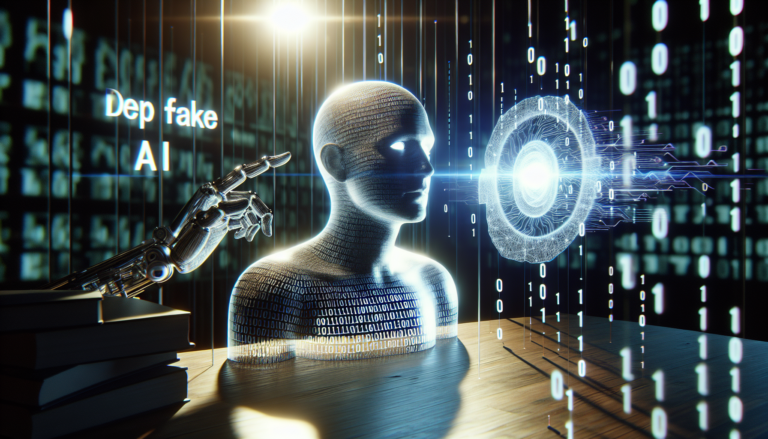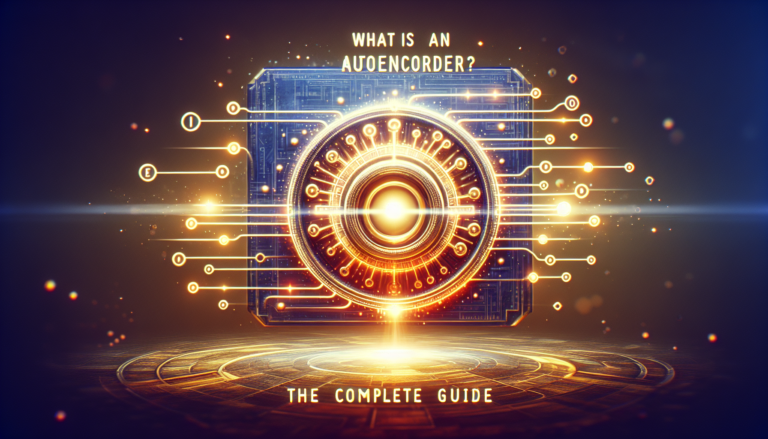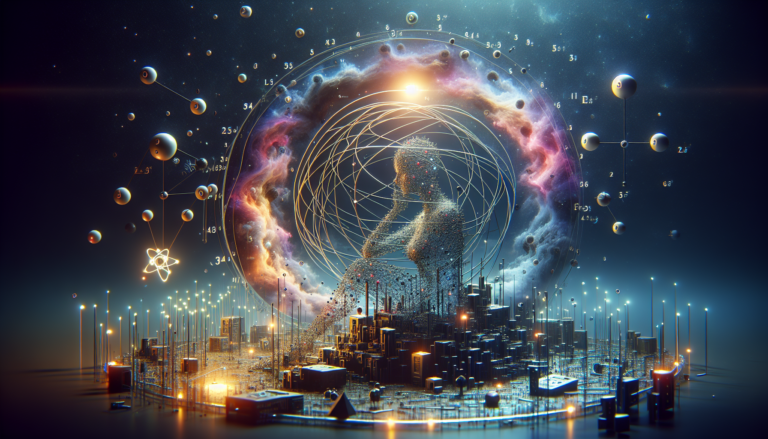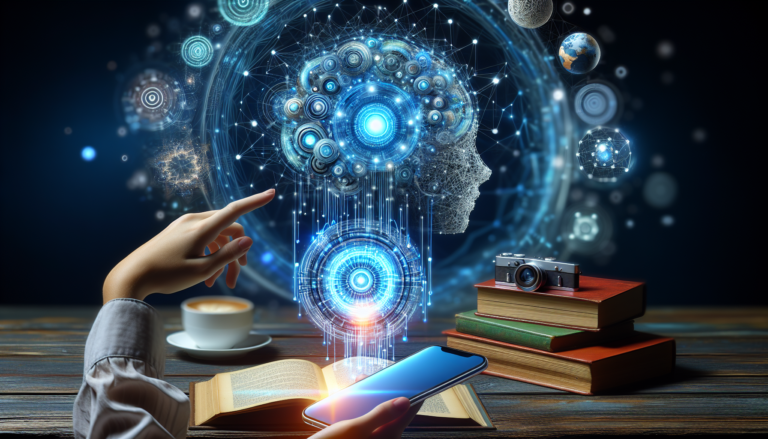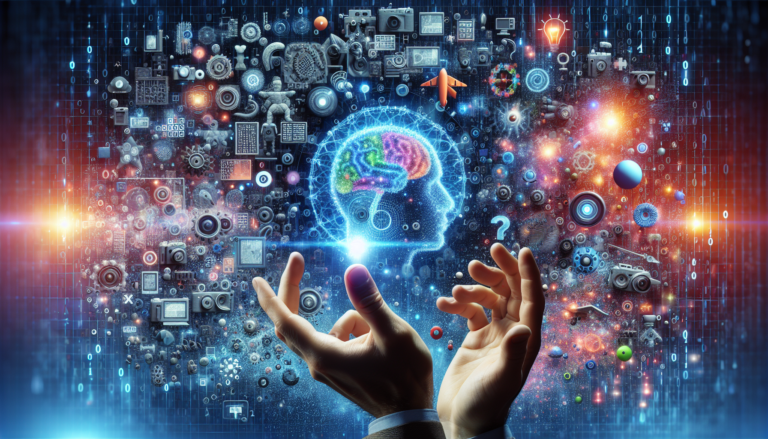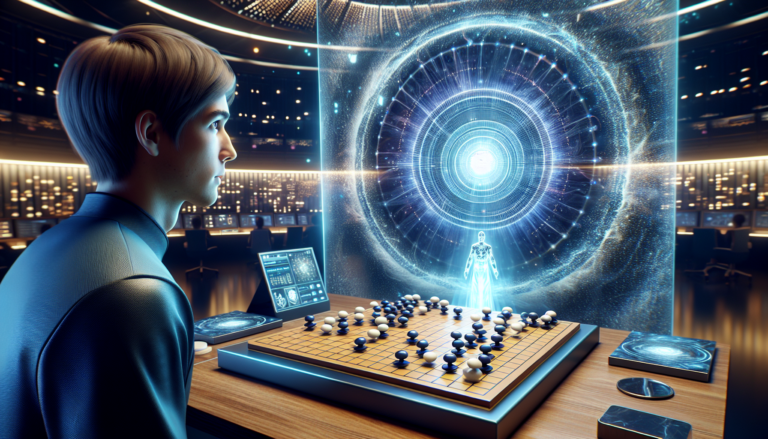Alan Turing: Founding Father of Artificial Intelligence
Alan Turing: Founding Father of Artificial Intelligence
The history of artificial intelligence (AI) could not be completely told without mentioning the name of Alan Turing, considered by many to be the founding father of this field which is today revolutionizing so many aspects of our daily lives. His contribution goes well beyond simple invention; it is based on concepts and theories that still constitute the foundations on which AI develops and evolves.
Who was Alan Turing?
Alan Turing was a British mathematician whose work had a decisive impact on the development of computing and artificial intelligence. During the Second World War, his commitment to deciphering Nazi codes, notably with his machine called the Bomb, greatly contributed to the victory of the Allies. However, it was after the world conflict that his research took on a truly revolutionary dimension with the writing of his famous article “Computing Machinery and Intelligence” in 1950.
Turing and the design of artificial intelligence
Turing proposed a thought experiment now known as the Turing test, which seeks to determine whether a machine is capable of manifesting intelligence indistinguishable from that of a human. Much more than a simple question, the Turing Test defines a reference criterion for the evaluation of artificial intelligence.
- Turing test: artificial intelligence criterion
- Imitation Game: machine evaluation
- Universal machine concept: model for modern computers
Fundamental theories and imaginary machines
Turing also introduced the concept of Turing machine, an abstract model that can manipulate a series of symbols on a strip according to a set of rules. This concept is considered the main model of computability, which shows the depth and advancement of Turing’s thoughts at a time when computers as we know them did not yet exist.
| Concepts | Contributions to AI |
| Turing machine | Theoretical foundations of computer calculation |
| Algorithmic | Basics of Reasoning and Problem Solving for AIs |
| Computational intelligence | Principles of non-biological intelligence |
Turing’s legacy to modern AI
His pioneering ideas continue to influence both fundamental research and practical applications of artificial intelligence. The exponential growth in AI performance and their integration in fields as varied as health, finance or robotics are just a few concrete manifestations of this invaluable heritage.
Some notions and architectures arising from Turing’s work, such as artificial neural networks and deep learning (Deep Learning), today represent the most advanced frontiers of AI, enabling the realization of applications once considered science fiction.
The Turing machine: Principle and influence on the development of AI
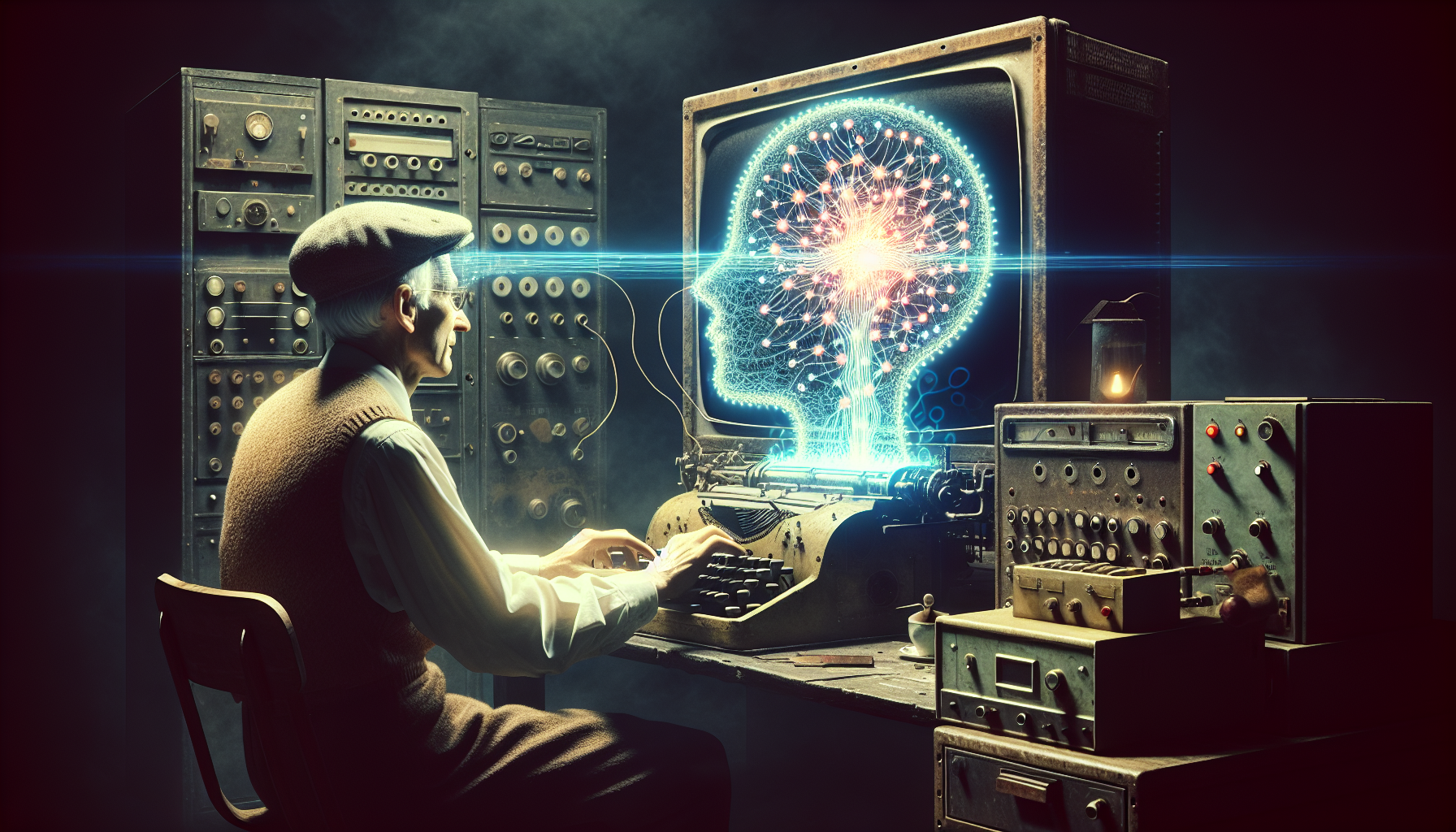
The Turing machine is a fundamental concept that has greatly influenced the field of artificial intelligence (AI). Developed by British mathematician Alan Turing, this theoretical machine is capable of simulating any calculation algorithm. Its creation laid the foundation for the development of computer science and paved the way for advancements in the field of AI.
What is the Turing machine?
The Turing machine is an abstract model that describes a machine capable of manipulating symbols on a ribbon according to a set of rules. This ribbon is divided into boxes, each containing a symbol of a finite alphabet. The machine has a read/write head that can read and change symbols, as well as move the tape left or right one square at a time. The behavior of this machine is determined by a table of actions, equivalent to what we call a program today.
It works sequentially, reading a symbol on the ribbon and performing an action determined by a current internal state and the symbol read, which it finds in its actions table. It can then change the symbol, move the ribbon, change its internal state or stop.
The principle of the universal machine
Turing also introduced the concept of universal Turing machine, a machine capable of simulating any other Turing machine. This concept is extremely powerful since it implies that a single machine can perform any feasible calculation, provided it is provided with the appropriate program and data, which is essentially how our modern computers work.
- The machine reads the program and data from the tape.
- It runs the program by manipulating the data.
- It stops after calculating the result.
Impact on the development of artificial intelligence
The theoretical notion of the Turing machine provided a precise definition of algorithm and computability, which are cornerstones of computer science and AI. The implication is that if a problem can be solved by an algorithm, then it can be solved by a Turing machine and, by extension, by a computer.
The Turing machine laid the theoretical foundation for creating algorithms capable of solving complex problems, which is the heart of modern AI. Neural networks, machine learning, robotics and many other branches of AI build on the concepts advanced by Turing.
| Influence | Description |
| Algorithmic | The design of computer programs efficient and effective is directly inspired by the Turing machine. |
| Calculability | It made it possible to delineate the capabilities and limits of algorithmic calculation, essential for studying artificial intelligence. |
| Modelization | Many models and techniques in AI are based on the theory of computability resulting from the work of Turing. |
Turing’s contribution during the war

The Second World War was a catalyst for technological innovation, and among the most significant figures of this era was Alan Turing, a brilliant British mathematician. Known for breaking the code of the Enigma machine used by the Germans to encrypt their communications, Turing set decisive milestones leading to the conceptualization of artificial intelligence (AI).
Alan Turing: Pioneer of deciphering
During the war, the Allied forces found themselves faced with an immense challenge: deciphering the secret codes generated by the Enigma machine. Alan Turing played a decisive role in this shadow battle by developing the Cryptanalytic Bomb, a device capable of unraveling the mysteries of Enigma. Thanks to this tool and Turing’s insight, the decryption of enemy messages made it possible to influence the course of the conflict.
The Turing Bomb worked on methodical principles to systematically test combinations of settings of the Enigma machine until it found the right parameters that revealed the clear message. This deciphering work can be seen as a foreshadowing of research in automatic language processing and AI search algorithms.
From the Turing machine to the birth of computing
His research in mathematics and logic laid the theoretical foundations for the creation of the first programmable computers after the war. The Turing machine was more than a technical concept, it was a vision for one day seeing machines that could imitate or surpass human cognitive abilities.
Towards the conceptualization of artificial intelligence
In his 1950 essay, “Computing Machinery and Intelligence,” Alan Turing questioned the possibility of machines thinking. He proposes the famous Turing test, a thought experiment that aims to determine whether a machine can exhibit intelligent behavior indistinguishable from that of a human being.
In this context, Turing anticipates several of the big questions that still drive the field of AI today: language understanding, learning, consciousness and machine emotion. It provides direction for future research and inspires generations of scientists to develop systems that simulate or replicate cognitive reasoning.
Here is a list of Alan Turing’s major contributions:
– Decryption of the Enigma code
– Design of the Cryptanalytic Bomb
– Formulation of the Turing machine
– Think about the concept of the Turing test
– Open the path to research in artificial intelligence
In short, the submerged part of the Turing iceberg was his decisive participation in the Allied victory. But it is his theoretical and conceptual heritage that revolutionized our approach to computing and paved the way for AI, a field that still transcends the field of possibilities today. The war propelled Turing onto the scene, but his prolific ideas continue to influence the technological sphere well beyond the military context, shaping the contemporary world and that of tomorrow.
The Turing test and the future of artificial intelligence
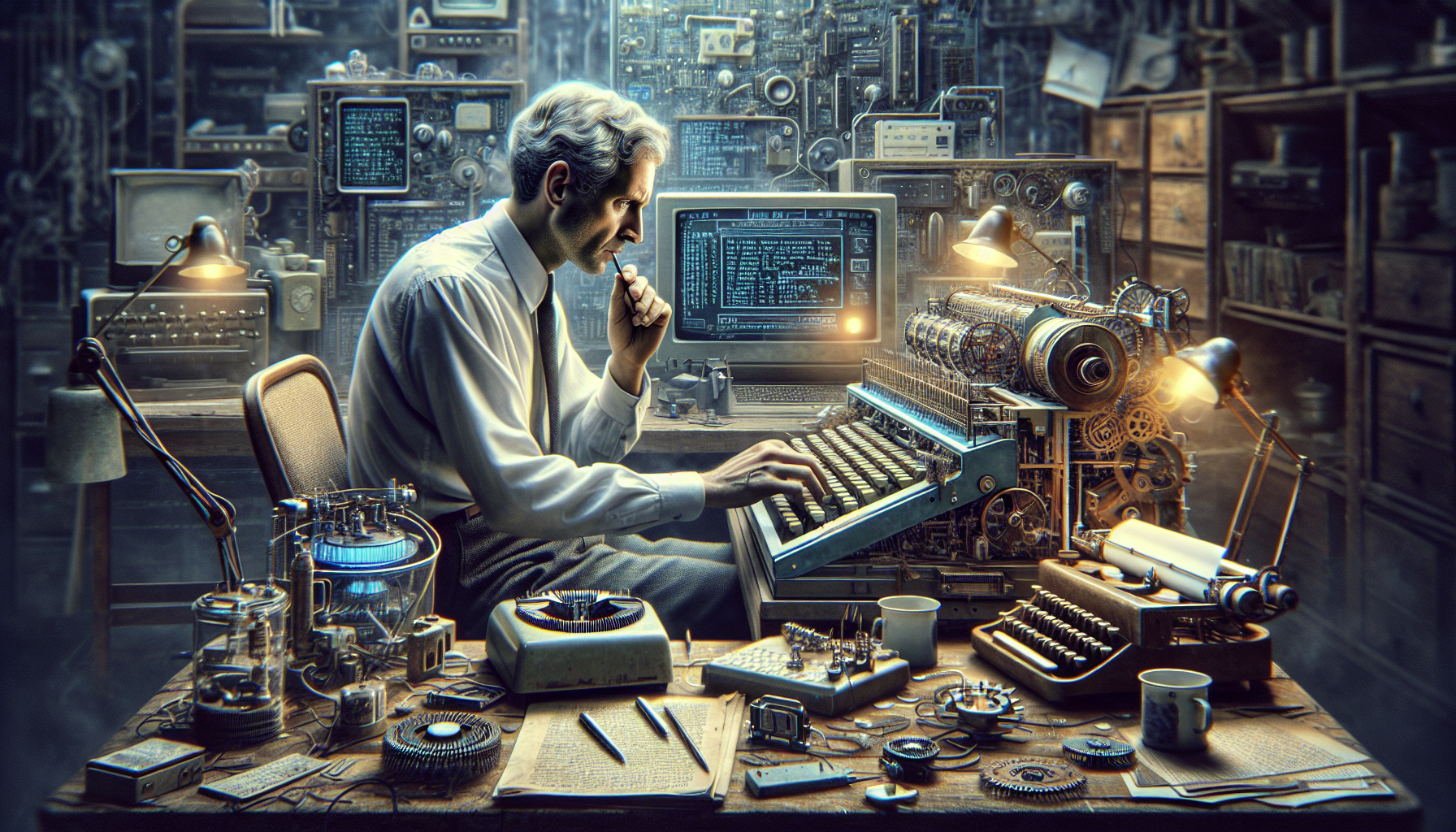
The Turing Test, designed by British mathematician Alan Turing in the 1950s, has become a historical marker of artificial intelligence (AI). As AI continues to evolve, the Turing Test remains a tool for understanding how machines imitate human reasoning.
The emergence of AI technologies is significantly impacting our society, from recommendation systems on streaming platforms to virtual assistants like Apple’s Siri or Amazon’s Alexa or even more recently OpenAi’s ChatGPT

